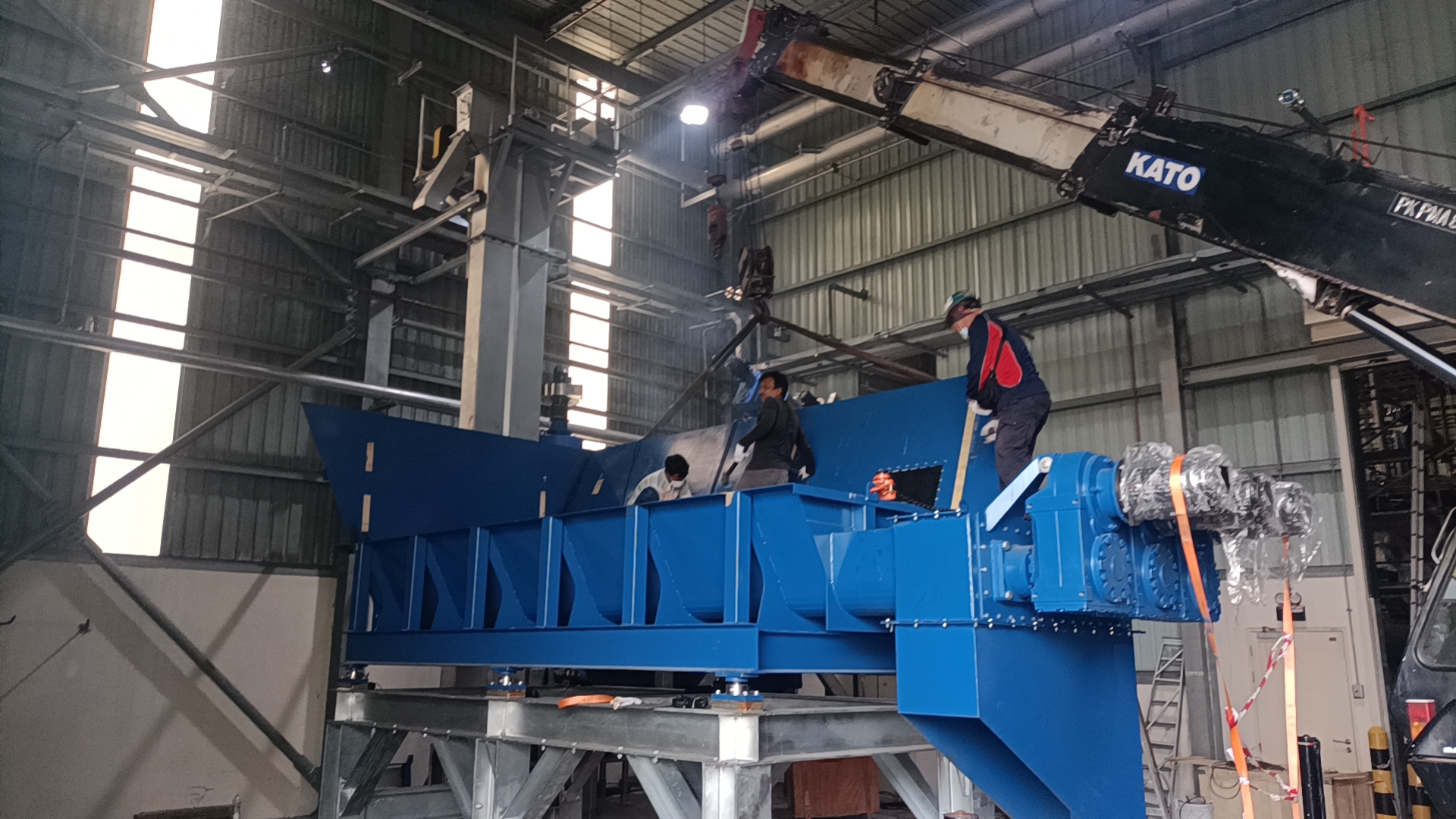
Efficient Feather Meal Processing Machinery: Transforming Feathers into Valuable Resources
Efficient Feather Meal Processing Machinery: Transforming Feathers into Valuable Resources
The feather processing machine is used to process poultry feathers. It reprocesses and utilizes the waste gas feathers after slaughtering in the slaughterhouse to make reusable resources, reducing waste gas production and reducing environmental pollution.
Why Opt for Feather Meal Processing Machinery?
Feather Meal Processing Machinery: Transforming Poultry Byproducts into Nutrient-Rich Soil Enhancers
Feather meal processing machinery serves the purpose of converting poultry feathers into feather meal—a valuable byproduct of the poultry industry. This product, rich in protein and essential nutrients, is collected and utilized to enhance soil quality and boost agricultural productivity.
Unlocking Advantages: Feather Meal Processing Machinery in Poultry Farming
The utilization of feather meal processing machinery offers a plethora of advantages. It minimizes waste production on poultry farms, resulting in energy savings and cost reduction. Furthermore, it simplifies the feather collection process for farmers, eliminating the need for manual labor.
Feather Meal: Versatile Benefits in Animal Agriculture and Nutrition
Feathers hold multifaceted utility, extending beyond soil conditioning. They serve as a versatile component in animal agriculture and nutrition. Processed using specialized machinery, feathers become a valuable animal feed supplement due to their high protein content and nutrient richness. If you aim to enhance the productivity of your livestock, whether in meat or egg production, consider incorporating this feed supplement to boost their overall performance.
Feather Powder Processing Flow
It is worth noting that feather meal processing equipment comes in different sizes and capacities, tailor-made to accommodate different quantities of poultry slaughterhouses. Larger units are deployed in large slaughterhouses, while smaller portable variants are available for use in smaller slaughterhouses and livestock farms. The feather meal processing process operates through a series of simple and effective steps:
1. Raw material area:
The Feathers in the raw material bin enters the continuous hydrolyzer by the screw conveyor. Feathers are processed in the continuous hydrolyzer for continuous hydrolysis. metal detectors are used to detect metal substances in the material and prevent damage to the back-end equipment.
2. Production area:
After hydrolysis, the material enters the disc dryer for continuous drying processing.
After drying, the material enters the meal cooler by the screw for cooling down.
After cooling, the material will be conveyed to the milling plant for grinding. After grinding, the feather meal is ready to be packed.
3. Exhaust gas treatment area:
The solid particles in the exhaust gas will be collected by the cyclone dust collector.
After dust reduction, the gas will be condensed in wind condenser. The condensate will be stored in condensate tank. The tank has a liquid level sensor and when the liquid level is reached, the waste water will be discharged to the sump.
The uncondensed gas enters the chemical scrubber by the non-condensing gas fan for acid washing and alkaline washing. Then the exhaust gas enters the biofilter and is adsorbed using the filler in it to meet the emission standards.
Alternative Applications of Feather Meal Rendering Machinery
Feather meal offers versatility beyond its primary use. The following are several uses of feather powder:
1. Livestock Feed Production:
Feather meal, once carefully processed, becomes a valuable protein source in livestock feed. Rendering machinery can process not only feathers but also other animal by-products like bones and blood, creating nutrient-rich feed supplements for cattle, pigs, and various livestock.
2. Aquaculture Feed:
Feather meal finds utility in fish and shrimp feed formulations as a protein source. Rendering machinery can efficiently process feathers and other waste materials to produce high-quality protein concentrates suitable for the aquaculture feed industry.
3. Fertilizer Production:
Feather meal can undergo further processing to yield organic fertilizers. Rendering machinery effectively converts feathers and other organic waste into nutrient-rich fertilizers, enhancing soil fertility and supporting robust plant growth.
4. Pet Food Industry:
Rendered feather meal of high quality serves as a protein source in pet food production. It offers a nutritious and sustainable ingredient for crafting well-balanced pet food formulations.
5. Biodegradable Plastics:
Feather meal contains keratin, a protein with applications in biodegradable plastics. Rendering machinery can facilitate the extraction of keratin from feathers, contributing to the development of eco-friendly plastic alternatives.
These diverse applications of feather meal rendering machinery underscore its adaptability and sustainability, showcasing its ability to contribute to various industries while concurrently reducing waste and maximizing the value of poultry and feather by-products.
CONCLUSION
In summary, the realm of poultry processing is undergoing a significant transformation, with the core contribution coming from efficient feather meal processing machinery. This groundbreaking technology encourages us to view feathers not merely as by-products but as valuable assets with a wide array of applications.
Through the streamlined processing of feathers, we achieve more than waste reduction; we also curtail the environmental repercussions of disposal. This technology signifies a noteworthy stride toward a more sustainable and resource-conscious global paradigm.
The efficiency of feather meal processing machinery is reshaping feathers into invaluable resources, championing sustainability, waste reduction, and the full utilization of what might appear as inconsequential by-products. It serves as a testament to the potential harnessed through innovation and underscores the limitless prospects inherent in our existing resources. As we persist in exploring and investing in such transformative technologies, we draw nearer to a future characterized by enhanced sustainability and environmental responsibility.



